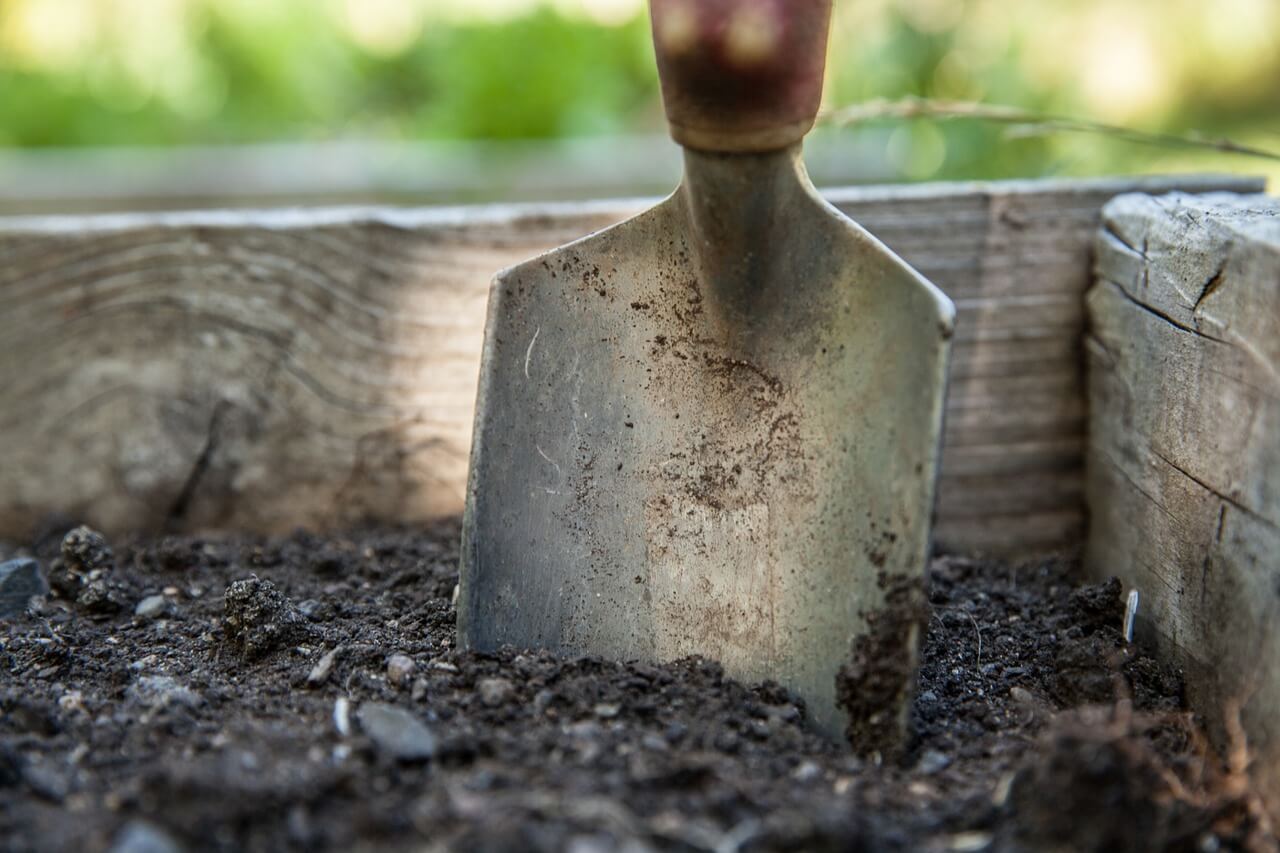With any older city, the infrastructure of power lines can present problems with tree growth and overhanging limbs. As a part of regular maintenance, you should always have a professional determine when to recommend pruning – especially if your tree crosses paths or comes close to power lines. There are specific rules in place, which your local Denver tree service will follow, in order to abide by the safety precautions in place for avoiding a power outage and maintaining proper space between power lines and tree branches.
What is a Safety Zone / Line Clearance?
As trees continue to grow upward and outward, it is important for professional at your local power company to assess whether they infringe upon the safety zone. This area refers to a space designated by your power company around the power lines that will ensure no harm will come to either the power or the tree. This is typically a pruning zone on the side of the tree’s branches, or in a v-shape through the center of the tree. Xcel Energy has an informative flyer with visual representations of these spaces. Generally our team will always keep to a 10 ft clearance around the lines on any side.
How Do You Determine If You Need Pruning Around Power Lines?
This is always best left to the professionals! At American Arbor Care, we work directly with your local power company, Xcel Energy. They have a specialized service for tree trimming and evaluations and will send a representative to determine the need for line clearance or safety zone pruning to safely and effectively trim the tree.
Why Does It Matter?
Trees and electricity just don’t mix. With the high voltage power lines running so closely through or near a tree, there is a high chance of conductivity within the tree due to both moisture or dryness – trees have a conductive nature. When trees do conduct electricity, there are multiple ways in which it affects things, including blackouts, electricity shortages, cutting of cables and potentially dangling hot wires, bursts of electricity, and simply killing your beautiful tree. Sometimes the power company may recommend fully removing the tree in its entirety if there is not an adequate method of trimming and pruning to avoid potential issue in the future.
How Does Pruning Effect the Tree in the Long Run?
Pruning actually will encourage the tree to grow in the direction it is pruned. When you remove branches, the nutrients and necessary components for growth will be redirected to the remaining branches. When you prune in a specific shape or direction, the tree is more likely to continue to grow in that direction and eliminate a lot of pruning work in the future. If you believe your trees are reaching a dangerous proximity to your power lines, contact the team at American Arbor Care. We will work with the professional to determine what the best course of action will be to avoid any major disruption or injury to you, your tree, or your neighbors!





